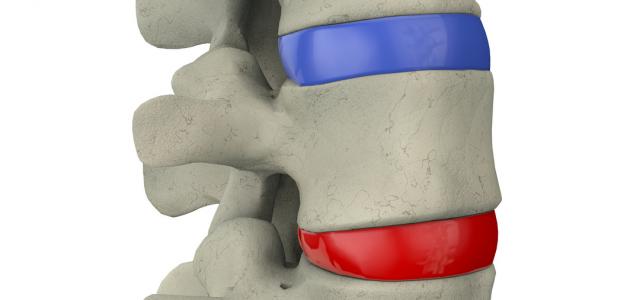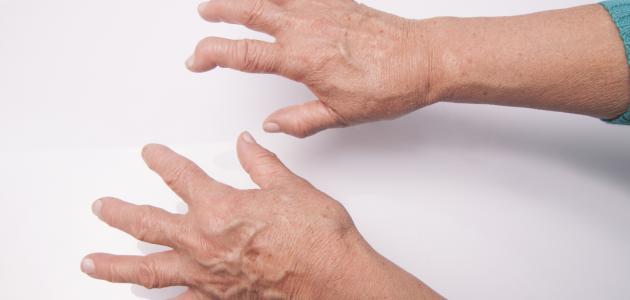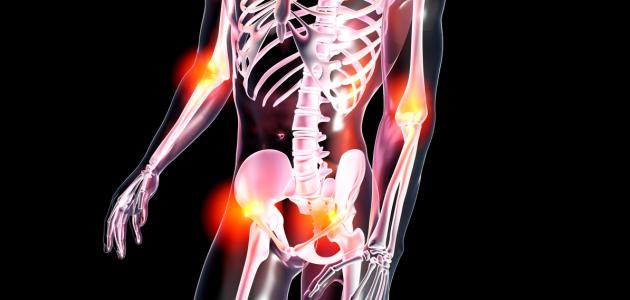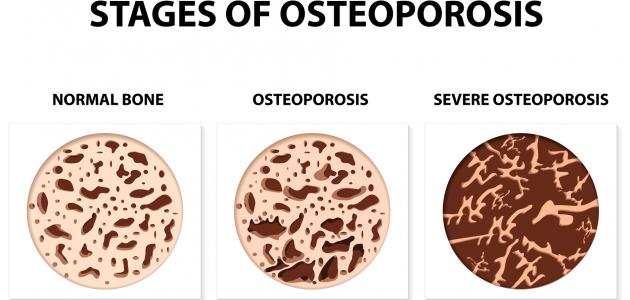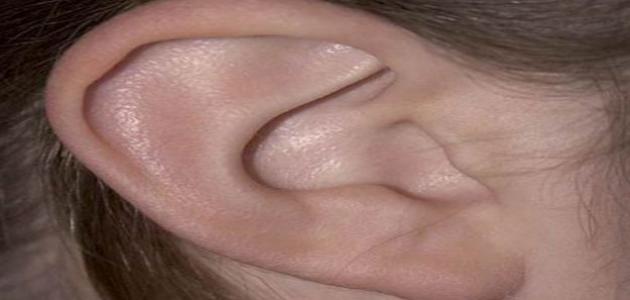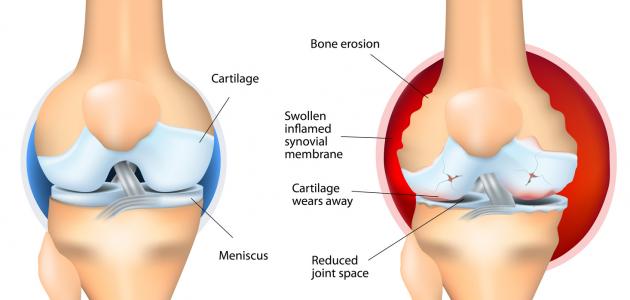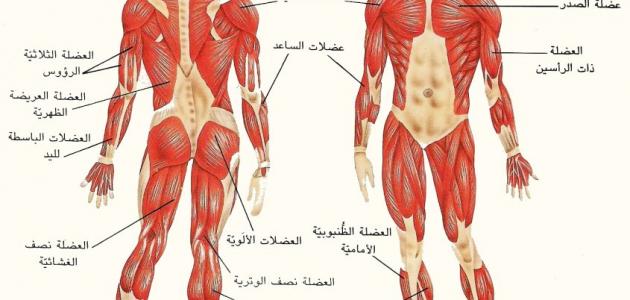Contents
Rheumatic diseases
Rheumatic diseases are a group of diseases affecting the joints and muscles [1] and the tissues responsible for connecting and supporting organs and internal body parts, [2] and the number of rheumatic diseases has exceeded a hundred diseases, perhaps among the most common: [1]
- Rheumatoid arthritis. [1]
- Gout . [2]
- Osteoarthritis or osteoarthritis. [1]
- Systemic Lupus Erythematosus. [3]
- Ankylosing spondylitis. [3]
- Sjogren's syndrome. [3]
- It is worth noting that many rheumatic diseases are immune diseases, meaning that the immune system in the body responsible for attacking diseases, bacteria and viruses attacks itself, and other diseases such as gout are caused by crystals, as in the case of gout it is caused by uric acid crystals. [2]
Rheumatoid arthritis
Rheumatoid arthritis is an immune disease, and it has nothing to do with aging. [1] As for the symptoms that this disease causes, they are the following:
- Pain and swelling in the joints, this disease affects more than one joint, and often the joint itself on both sides of the body; For example, it affects the wrist joint in the right and left hand, or the ankle joint in the right and left foot. [1]
- Feeling detailed Ptibs, especially the morning after waking up from sleep . [1]
- Feeling of general fatigue. [1]
- Sensation of lumps or nodes, called rheumatoid nodules. [1]
- This disease can accompany problems in other body organs, such as the eyes, lungs [1], blood vessels, and skin. [2]
- This disease can cause permanent joint damage. [2]
- The disease is diagnosed by knowing the symptoms that the patient suffers from, in addition to the possibility of ordering blood tests, an X-ray, and taking a sample of the fluid surrounding the joint. [1]
Gout
Gout results from the accumulation of uric acid crystals in the body's tissues, which leads to a very painful inflammation in the joint. Gout often affects the big toe, but it can affect other joints of the body. Among the symptoms that may appear on the patient are severe pain in the joint, its swelling and redness, in addition to the feeling of heat in the joint site, and the accumulation of uric acid crystals can lead to a decline in kidney function , and if gout is not treated, a node known as tuff may form . [2]
Osteoarthritis or osteoarthritis
Osteoarthritis causes damage to the cartilage that is at the end of the bone and which acts as a cushion, and with its erosion, the patient experiences pain in the joints and difficulty in moving them, and muscle weakness causes instability in the joint, and thus it is difficult to do routine tasks such as difficulty holding things, walking or combing hair Get dressed and even sitting. [1]
Osteoarthritis usually affects the knee, pelvis, foot, fingers, and lower back. As for the symptoms that may appear on the patient, they are stiffness and pain in the joint, and the joint can become swollen, and the joint area is warm to the touch. [1] And it is diagnosed by a specialized doctor. In the beginning, a question is asked about the symptoms that the patient is experiencing, then the doctor examines the patient clinically, and the doctor may request blood tests and a sample of the fluid surrounding the affected joint, and an x-ray, and in certain cases an MRI is requested Magnetic. [1]
Systemic lupus
It is an immune disease that affects several organs in the body. [3] It usually affects women at a younger age than males. [2] Among the symptoms that a patient with systemic lupus may suffer from are the following: [3]
- General fatigue .
- Joint pain .
- Joint stiffness .
- Hair loss .
- A rash that appears on the person's face, which resembles the shape of a butterfly.
- Sensitivity to sunlight.
- Raynaud's phenomenon, in which the fingers and toes become white or blue when exposed to the cold.
- Chest pain, as a result of inflammation of the membrane lining the heart and lungs.
- Kidney problems.
- Blood disorders, such as anemia , or a low platelet count or white blood cell count.
- Apoplexy.
- Seizures or convulsions.
- This disease is diagnosed by knowing the symptoms that the patient is experiencing, and a clinical examination, and the diagnosis is also made by taking a urine sample and ordering blood tests, including the test for antinuclear antibodies , as the result of this examination is positive for The majority of patients with systemic SLE. [3]
Ankylosing spondylitis
Ankylosing spondylitis affects the sacroiliac joint, which connects the spine with the pelvis, and thus the patient suffers from pain in the lower back, and the pain increases gradually, and ankylosing spondylitis is more common in men than women, especially between the ages of adolescence and the age of thirty. That the patient may suffer from the following: [3]
- Pain in the lower back and buttocks area, as these pains worsen with time, and extend to the spine.
- Feeling pain between the shoulder blades, and he could also feel pain in his neck.
- Feeling of pain and stiffness in the back, and this pain gets worse when resting or getting up from lying down, and it improves when the patient moves.
- It is possible for the patient after ten to fifteen years of infection to experience pain in the middle of the back, which moves to the upper back and neck.
- When the condition worsens, the patient may experience stiffness in his spine, which leads to difficulty in bending the torso and practicing daily activities.
- As for the diagnosis; This is done by knowing the patient's medical history and doing a clinical examination for him, and it is possible to request an X-ray to see the condition of the sacroiliac joint, and to examine a specific protein in the blood called the HLA-B27 protein, which helps confirm the diagnosis. [3]
References
- ^ A b t w c h x d y t g o u r , David Zelman (5-5-2017), "What 'Post Are Rheumatic Diseases : ?" , WebMD , Retrieved 9-7-2017.
- ^ A b t w c h x of Nancy Carteron (16-3-2017), "What ' Is Inflammatory Rheumatism?" , Health Line , Retrieved 9-6-2017.
- ^ A b t w c h x d , David Zelman (5-5-2017), "What 'Post Are Rheumatic Diseases : ?" , WebMD , Retrieved 9-6-2017.

